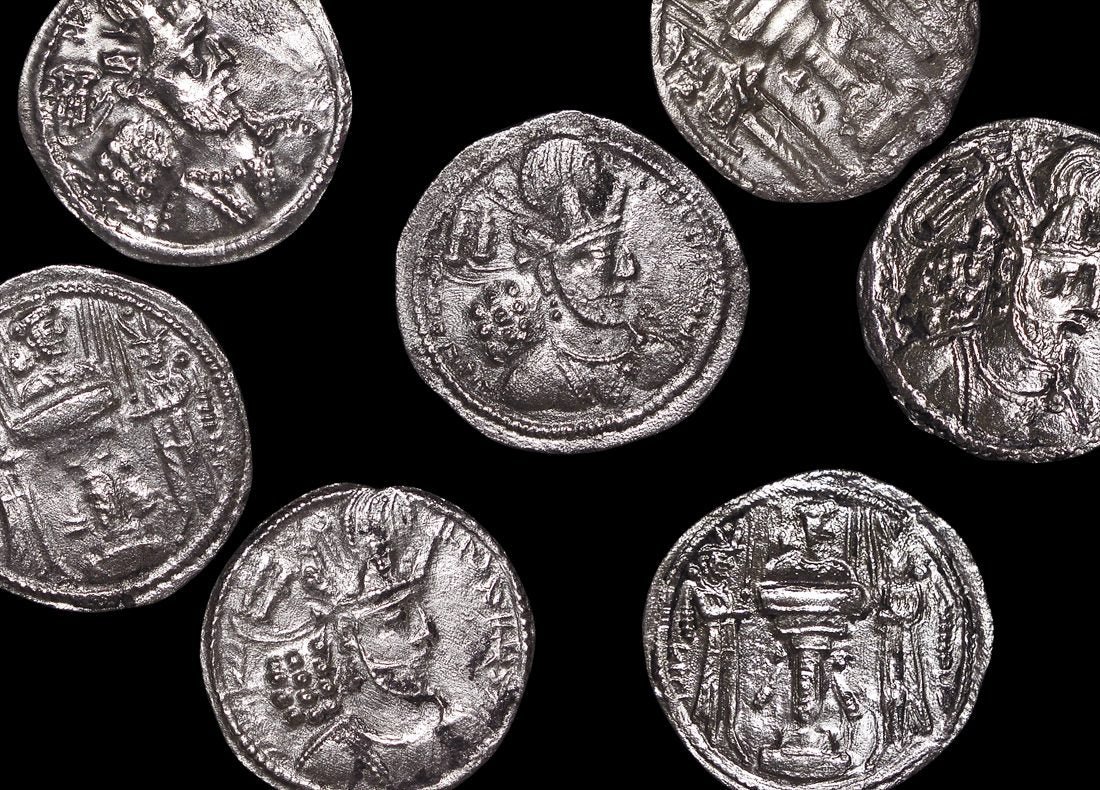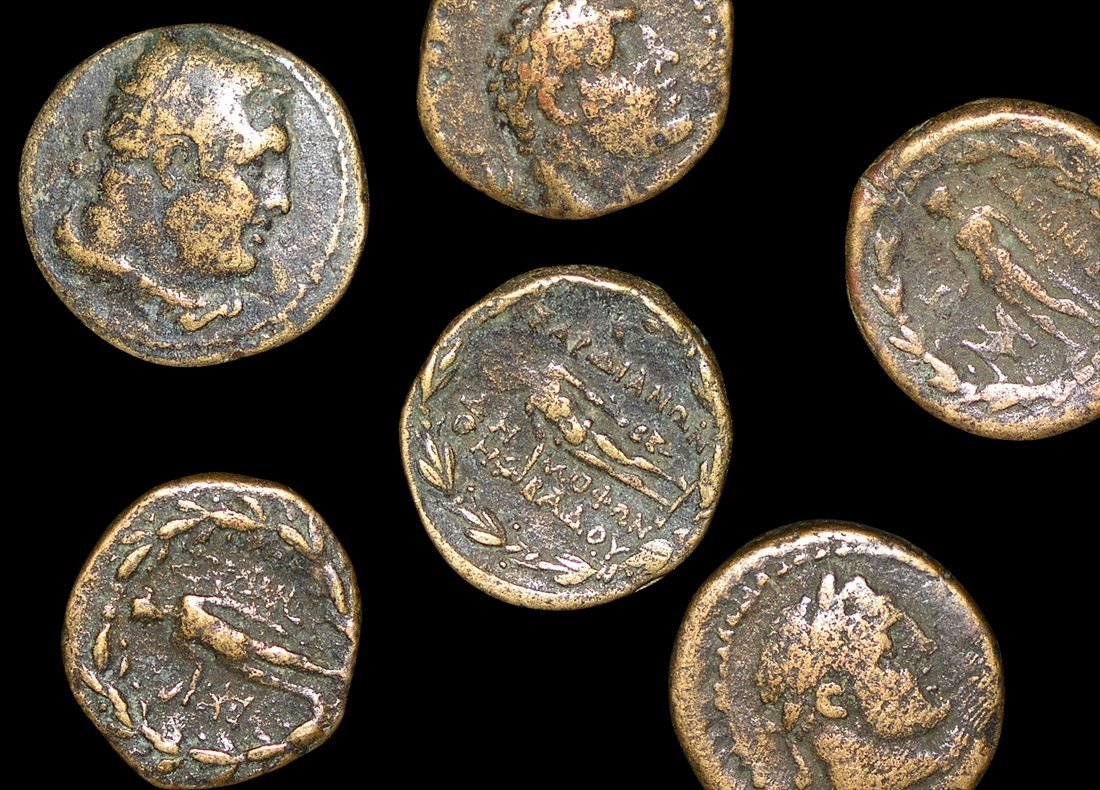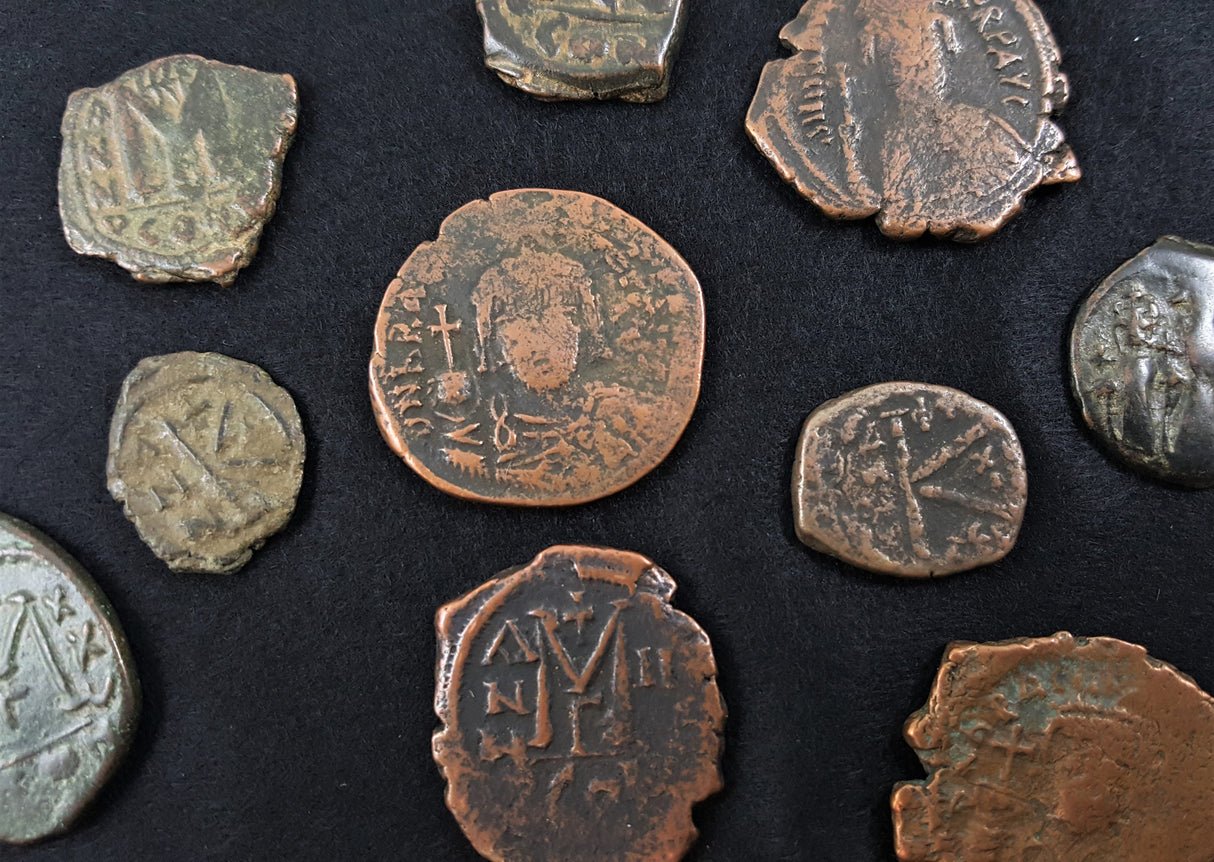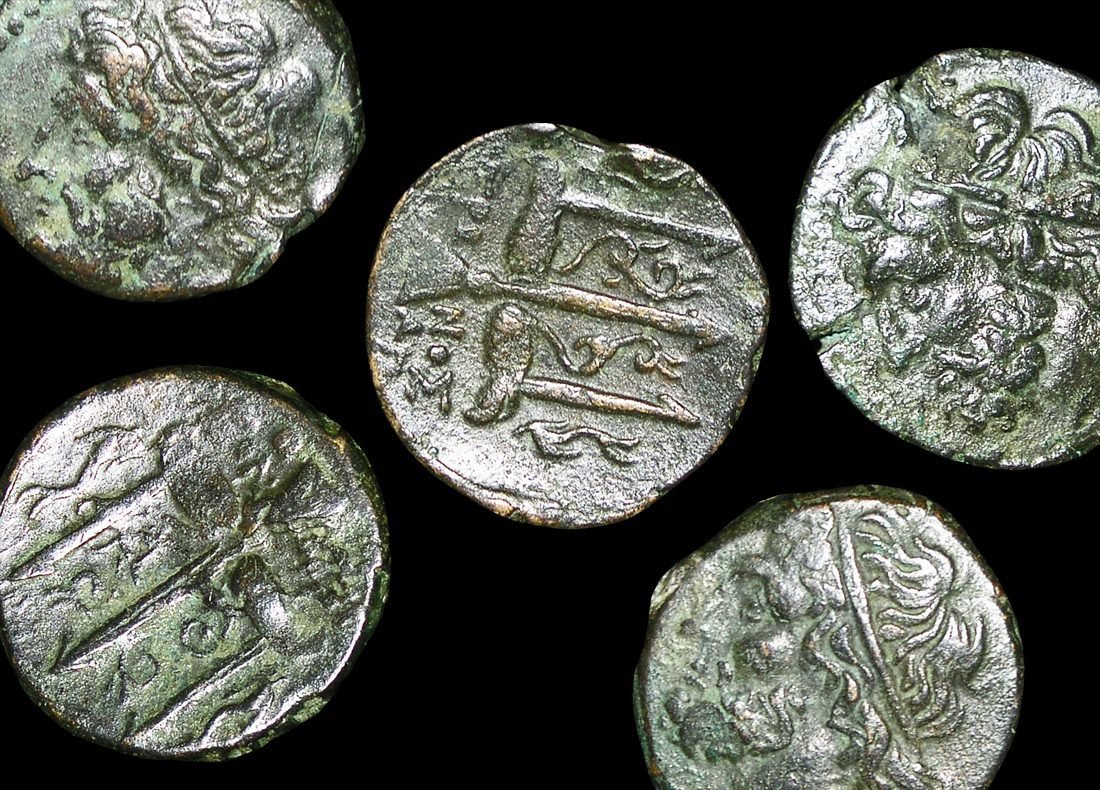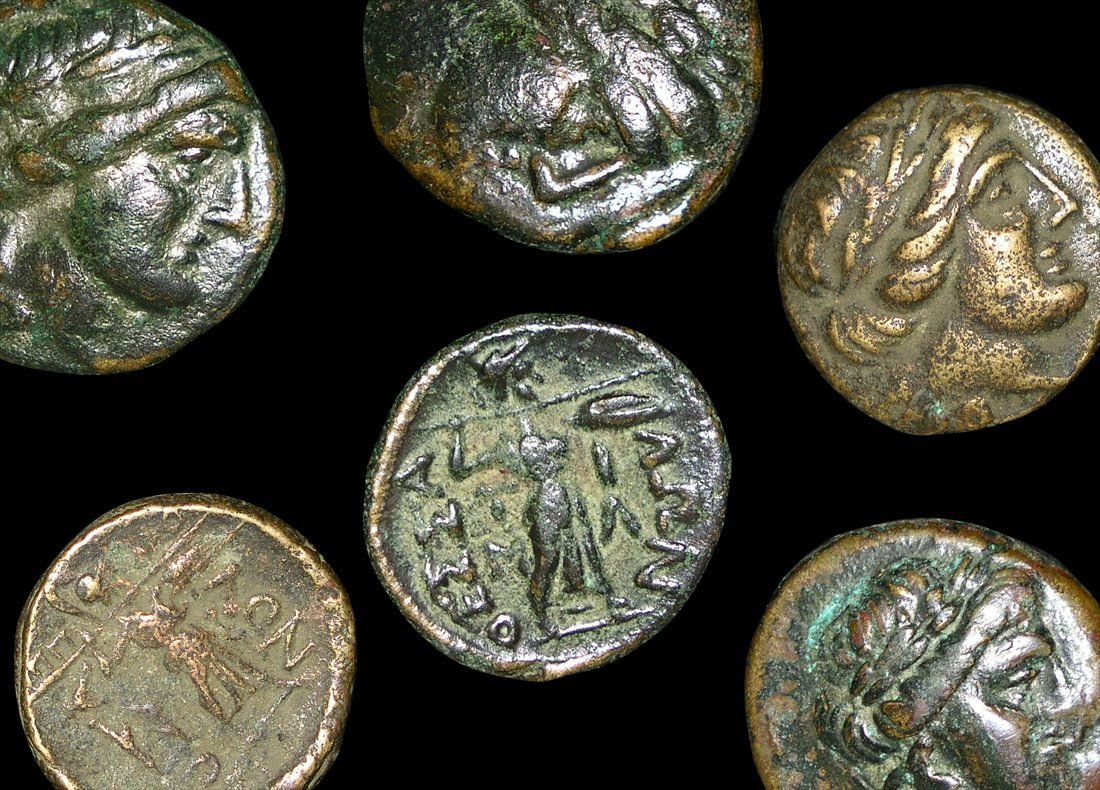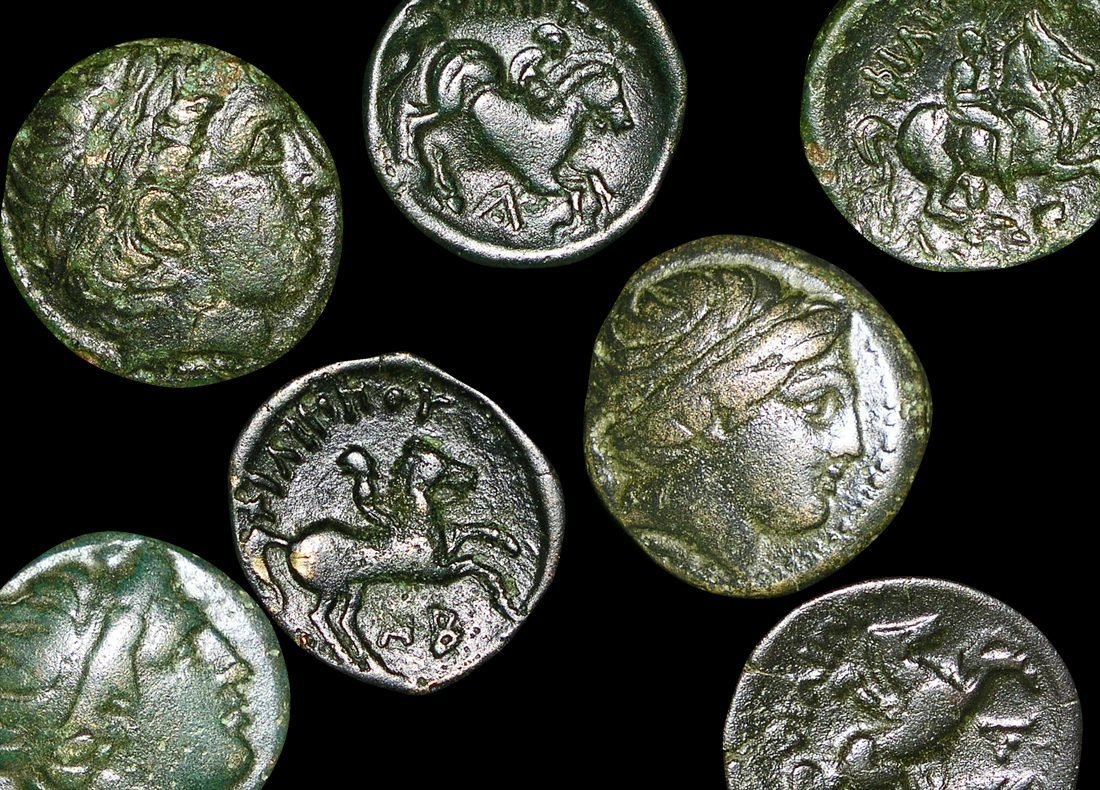 Image 1 of 1
Image 1 of 1


Macedonian Bronze Coin of Philip II (about 2370 years ago)
This bronze coin was issued by King Philip II of Macedon, who transformed his kingdom from a marginal Greek state into the dominant power in the Hellenic world. Minted throughout his realm (centered in what is now northern Greece), the coin represents the economic foundation that supported his military innovations and empire-building ambitions.
Coin Description:
Front side: Likely depicts the head of Apollo wearing a laurel wreath, the preferred deity of the Macedonian royal house and associated with prophecy and leadership.
Back side: Probably features a horseman or a horse (representing Philip's famous cavalry), a youth on horseback, or Philip's name in Greek ("ΦΙΛΙΠΠΟΥ" - of Philip).
Technical Details:
Material: Bronze
Denomination: Unit (basic bronze currency used for everyday local transactions)
Minting date/period: 359-336 BCE (approximately 2,375-2,350 years ago)
Condition: Varies by specimen
Historical Significance:
This coin was issued during the reign of Philip II, who revolutionized warfare with his disciplined infantry phalanx and elite cavalry, using these forces to subjugate Greece at the Battle of Chaeronea in 338 BCE. After unifying the Greek city-states under the League of Corinth, Philip planned an invasion of Persia but was assassinated in 336 BCE, possibly with the involvement of his son Alexander. The military and financial systems Philip established enabled Alexander to conquer the Persian Empire and spread Greek culture throughout the ancient Near East.
This bronze coin was issued by King Philip II of Macedon, who transformed his kingdom from a marginal Greek state into the dominant power in the Hellenic world. Minted throughout his realm (centered in what is now northern Greece), the coin represents the economic foundation that supported his military innovations and empire-building ambitions.
Coin Description:
Front side: Likely depicts the head of Apollo wearing a laurel wreath, the preferred deity of the Macedonian royal house and associated with prophecy and leadership.
Back side: Probably features a horseman or a horse (representing Philip's famous cavalry), a youth on horseback, or Philip's name in Greek ("ΦΙΛΙΠΠΟΥ" - of Philip).
Technical Details:
Material: Bronze
Denomination: Unit (basic bronze currency used for everyday local transactions)
Minting date/period: 359-336 BCE (approximately 2,375-2,350 years ago)
Condition: Varies by specimen
Historical Significance:
This coin was issued during the reign of Philip II, who revolutionized warfare with his disciplined infantry phalanx and elite cavalry, using these forces to subjugate Greece at the Battle of Chaeronea in 338 BCE. After unifying the Greek city-states under the League of Corinth, Philip planned an invasion of Persia but was assassinated in 336 BCE, possibly with the involvement of his son Alexander. The military and financial systems Philip established enabled Alexander to conquer the Persian Empire and spread Greek culture throughout the ancient Near East.


